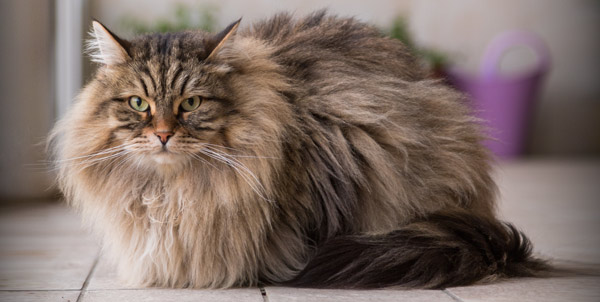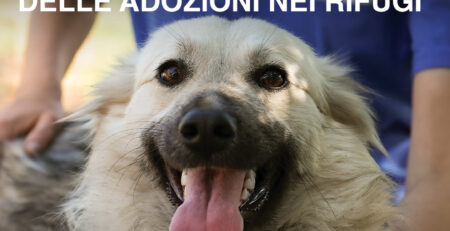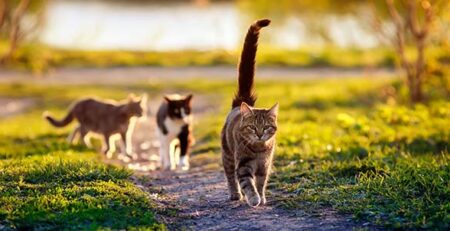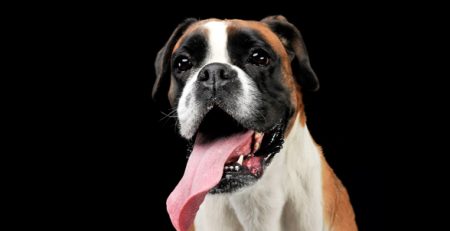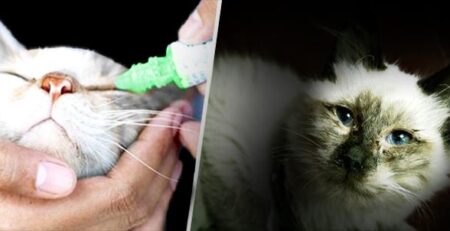The Siberian forest cat: majestic, beautiful and hypoallergenic
The Siberian cat has very ancient origins and is the result of natural selection between the wild cat that lived in the Ural Mountains and the Siberian Plateau and the domestic cat introduced to Siberian Russia by settlers that occurred around the year 1050.
Endowed with a long, abundant coat, a thick mane that frames its head, and a tail that is broad at the base and tapered at the tip, the Siberian is a majestic and beautiful cat.
The Siberian is a cat capable of dealing with extreme weather situations
Its coat is the natural endowment that has helped the Siberian to survive the harsh cold of Siberia, in truly extreme environments.
Its undercoat is soft and dense while the outer coat is coarser and waterproof.
This combination allows the Siberian to cope with the weather without any problems.
Siberians can have a wide range of variations: they are found in shades of tabby, solid, color point, bicolor and tortie.
Common colors include black, blue, cream, red and white.
The spots and patterns make each Siberian unique and bewitching.
Siberian’s fur is hypoallergenic
One of the most interesting features of the Siberian is that it produces a very small amount of Fel D1 protein.
Fel D1 protein is produced by the sebaceous glands and is present in the saliva of cats: it is mainly responsible for allergic reactions in humans.
In fact, it is not the hair, as is often mistakenly believed, that triggers allergic reactions, but this protein that the cat deposits on its coat during licking to clean itself.
This makes the Siberian a hypoallergenic breed, and this peculiarity has contributed to its popularity.
The recognition of the race and its spread
The breed gained its official recognition in 1996, and today Siberians are admired not only for their beauty but also for their affectionate and playful temperament.
They are intelligent and curious cats who love to explore their surroundings and interact with family members.
Unlike some shyer breeds, the Siberian is very open and friendly and tends to bond with its humans and suffers from loneliness.
Curiosities and characteristics of Siberian cats
These cats enjoy playing in the water and are very talkative.
They tend to meow to attract attention or express their mood.
The breed is extremely slow in development and takes about five years to reach its full development.
Vigorous and powerful, the male Siberian can reach 7 to 9 pounds in weight while the female ranges from 4 to 6 pounds.
Robust and long-lived but watch out for recurring diseases
Like all feline breeds, Siberian cats can be susceptible to certain diseases.
However, in general, they are considered quite robust and healthy.
Some of the health problems that can affect them include:
– Hypertrophic cardiomyopathy: This condition affects the heart muscle and can cause circulatory problems. It is important to monitor your Siberian’s heart health with regular veterinary checks.
– Hip dysplasia: Although less common than in other breeds, hip dysplasia can occur and cause mobility problems in cats.
– Kidney disease: can develop chronic kidney disease with age. A balanced diet can help prevent them.
To have your Siberian cat checked for fecal and vaccine shots or for periodic check-ups, contact the veterinary doctors on our staff who are always available to you.
We would also like to remind you that Clinica La Veterinaria is always open h24 every day including holidays and with First Aid service from 8 pm to 8 am.

